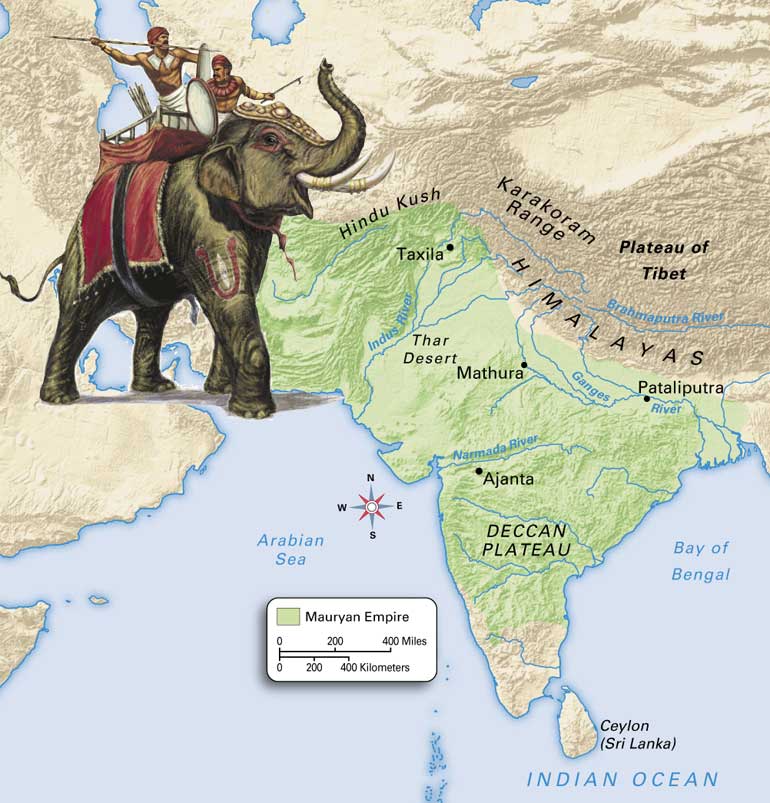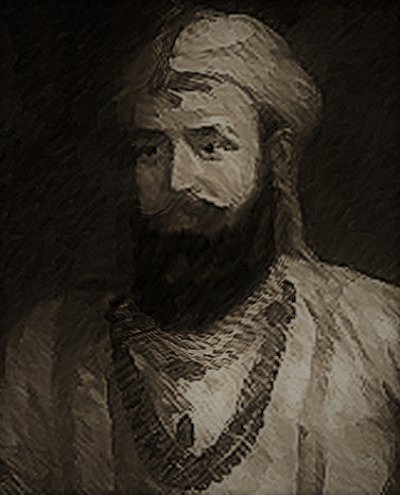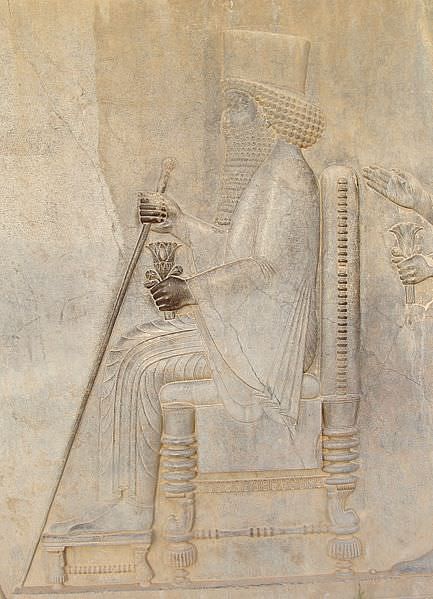
वेदों से वर्धन काल तक की यात्रा...!
Archeology, Coins, Events, Literature, Inscriptions, Personalities, Sculptures
5 subscribers
How to get URL link on X (Twitter) App


 Sources of the thread are as under:
Sources of the thread are as under:
 Maharaja Ranjit Singh used to celebrate Holi with great pomp & grandeur.
Maharaja Ranjit Singh used to celebrate Holi with great pomp & grandeur.
 2/5
2/5

 W.G. Osborne- British Military Secretary, spent a month with the Maharaja in 1838 at Dinanagar in Gurdaspur district & noted the routine of the Maharaja.
W.G. Osborne- British Military Secretary, spent a month with the Maharaja in 1838 at Dinanagar in Gurdaspur district & noted the routine of the Maharaja.
 Harsha fixed the place of this event at Prayaga (Prayagraj), at the confluence of Ganga and Yamuna, where according to the traditions "it is more advantageous to give one mite in charity, than a thousand in other places."
Harsha fixed the place of this event at Prayaga (Prayagraj), at the confluence of Ganga and Yamuna, where according to the traditions "it is more advantageous to give one mite in charity, than a thousand in other places." 

 2/5
2/5

 1) When a person died, his family members used to raise lamentable cries and weep.
1) When a person died, his family members used to raise lamentable cries and weep.

 2/4
2/4

 The Mauryan empire (322-185 BCE) is the largest empire of India.
The Mauryan empire (322-185 BCE) is the largest empire of India.

 Domingo Paes was a Portuguese traveller, who visited Vijaynagara in c. 1520 and has left a detailed and vivid description of Vijaynagara and the emperor.
Domingo Paes was a Portuguese traveller, who visited Vijaynagara in c. 1520 and has left a detailed and vivid description of Vijaynagara and the emperor. 

 The story is taken from Ramayana, where Ravana, because of his victories against Gods and humans becomes so arrogant that he now wants to lift up the Kailasha, which is an abode of his benefactor God, Shiva and Goddess Parvati.
The story is taken from Ramayana, where Ravana, because of his victories against Gods and humans becomes so arrogant that he now wants to lift up the Kailasha, which is an abode of his benefactor God, Shiva and Goddess Parvati. 


 1. Chiva or Prathuka
1. Chiva or Prathuka

 1. Sanggaios or Sanjaya (c. 327 BCE)
1. Sanggaios or Sanjaya (c. 327 BCE) 

 1. Gupta Calender
1. Gupta Calender

 1. Bimbisara
1. Bimbisara




 The thread would not touch the question on who the "King Chandra" mentioned in the inscription is, because it has been proved quiet conclusively that the king mentioned in the inscription is none other than Chandragupta Vikramaditya (375/380-414 AD)
The thread would not touch the question on who the "King Chandra" mentioned in the inscription is, because it has been proved quiet conclusively that the king mentioned in the inscription is none other than Chandragupta Vikramaditya (375/380-414 AD) 

 1. Bhasa ( 1st century BCE)
1. Bhasa ( 1st century BCE) 

 1. Malavas (4th century BCE- 4th century AD)
1. Malavas (4th century BCE- 4th century AD) 

 2. Kushan Empire
2. Kushan Empire

 The period succeeding that of Guptas and Harsha was also characterized by remarkable maritime activities, bringing about further expansion of Indian civilization.
The period succeeding that of Guptas and Harsha was also characterized by remarkable maritime activities, bringing about further expansion of Indian civilization. 

 Thanks to @Shipreeta who has calculated that Indians received an amount of 729.6 trillion dollars in modern currency, between 20 BCE to 450 AD, roughly 400 years of trade value between Indians and Romans.
Thanks to @Shipreeta who has calculated that Indians received an amount of 729.6 trillion dollars in modern currency, between 20 BCE to 450 AD, roughly 400 years of trade value between Indians and Romans.